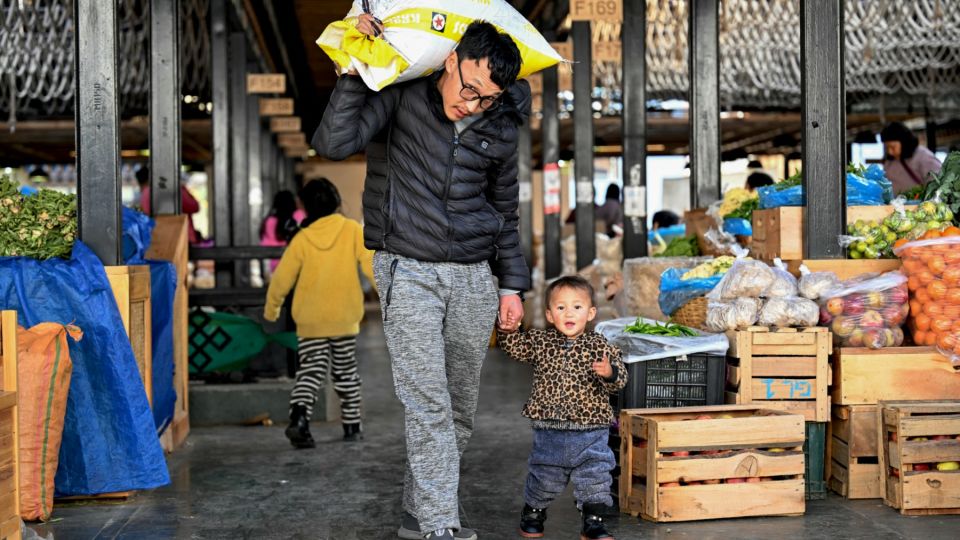June 23, 2025
THIMPHU – Urban households in Bhutan spend nearly 46 percent more each month than their rural counterparts, according to the Household Consumption and Expenditure Survey (HCES) 2025, launched yesterday by the National Statistics Bureau (NSB).
The survey reveals that urban households spend an average of Nu 67,616 per month, compared to Nu 46,331 in rural areas. On a per capita basis, the urban-rural gap remains stark, with urbanites spending Nu 22,168 compared to Nu 14,550 in rural settings.
Households in Thimphu recorded the highest average monthly expenditure at Nu 73,632, while those in Trashiyangtse had the lowest at just Nu 26,934. On a per capita basis, Paro dzongkhag spent Nu 24,403 slightly edged out Thimphu dzongkhag spent Nu 24,228, while Trashiyangtse lagged significantly at Nu 9,025.
NSB officials said that the HCES is the first of its kind survey in the country, designed using the Classification of Individual Consumption by Purpose (COICOP) 2018 framework.
“We collected data from 5,883 households out of a sample of 6,200, achieving an impressive response rate of 94.9 percent,” said an NSB official. “These findings will directly inform Bhutan’s National Accounts and serve as a vital resource for policymakers in evidence-based decision-making.”
The survey also highlights substantial differences in housing conditions. Over 82 percent of rural households live in standalone houses, while nearly 67 percent of urban households reside in apartments.
Home ownership is notably higher in rural areas, with 75.8 percent compared to just 16 percent in urban centres.
The nationwide average monthly household consumption expenditure was estimated at Nu 54,387, translating to Nu 17,434 per capita. However, disparities across income groups are significant.
Households in the top quintile spent an average of Nu 96,998 monthly—nearly four times that of the lowest quintile (Nu 25,862). The inequality is even starker in per capita terms, with the wealthiest spending Nu 40,626, seven times more than the poorest (Nu 5,545).
Household size also correlates with economic standing. The poorest households average 4.8 persons, while the richest have 2.6 persons.
Food remains a major expenditure category, accounting for 40.5 per cent of total spending of Nu 7,069 per capita, though its share decreases as income rises. Non-food spending accounts for the remaining 59.5 percent (Nu 10,365 per capita), driven by housing, utilities, and transport.
Among food items, cereals and cereal products dominate spending at 21.4 per cent, followed by dairy and oils (19.5 percent), vegetables (15.5 percent), and meat/fish (12.9 percent). Rural households spend more on staples, while urban consumers invest more in protein-rich items.
Urban food expenditure per capita stood at Nu 9,126, compared to Nu 5,816 in rural areas. Notably, cereal expenditure varied significantly by district from Nu 10,371 in Trongsa to Nu 2,811 in Samdrupjongkhar.
The HCES 2025 represents 159,808 households and a population of 592,598, with 37.7 percent of households in urban areas and 62.3 percent headed by men. The median age is 32 years, with rural populations slightly older than urban. The sex ratio also revealed a female majority, with 97 males for every 100 females.
The survey also found that access to electricity is almost 99.6 per cent, and LPG and electricity are the most common cooking fuels.


